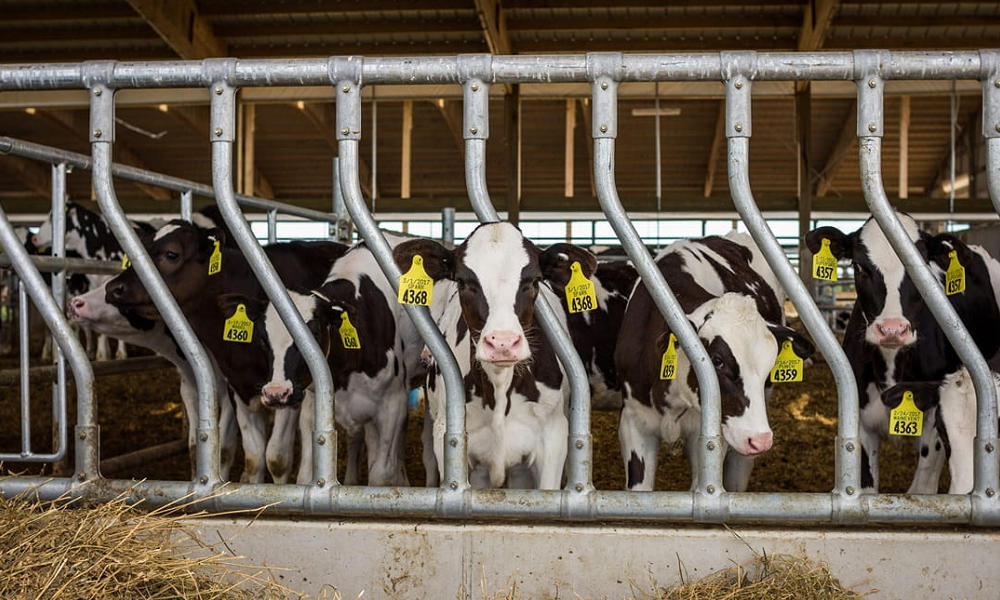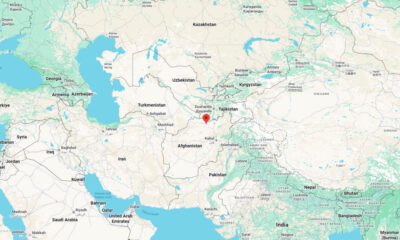Health
New H5N1 genotype detected in Nevada dairy cattle for the first time

Dairy cattle infected with bird flu in Nevada have been confirmed to be carrying a new genotype for the first time, according to the U.S. Department of Agriculture (USDA). The genotype is the same that has been identified in the first U.S. death from H5N1.
On Friday, veterinary services laboratories confirmed the detection of H5N1 clade 2.3.4.4b, genotype D1.1 in dairy cattle through whole genome sequencing, according to a statement from the Animal and Plant Health Inspection Service (APHIS). The initial detection of the new clade occurred after silo testing in Nevada.
This marks the first detection of genotype D1.1 in dairy cattle, as all previous cases in cattle involved genotype B3.13. The new detection suggests that H5N1 clade 2.3.4.4b may have spilled over into cows for a second time.
Genotype D1.1 is the predominant genotype in the North American flyways and has been identified in wild birds, mammals, and domestic poultry spillovers.
This genotype has been linked to at least two severe human cases of H5N1: one in Louisiana, which resulted in the first U.S. death, and another in a 13-year-old Canadian girl who was hospitalized in critical condition in Vancouver.
Last week, the United Kingdom confirmed a human case of H5N1 from genotype DI.2, marking the first detection of this variant worldwide. The individual contracted the infection on a farm after prolonged, close contact with a large number of infected birds, though it remains unclear whether the person exhibited symptoms.
H5N1 clade 2.3.4.4b and its diverse genotypes have raised concerns due to their global spread and the increasing number of cases in mammals. This trend suggests the virus may be evolving to infect mammals and humans more easily.

-

 US News7 days ago
US News7 days agoJetBlue flight diverts to Tampa after altitude drop injures at least 15
-

 Breaking News2 days ago
Breaking News2 days agoAt least 3 dead, 11 injured after UPS cargo plane crashes near Louisville airport
-

 World4 days ago
World4 days agoStrong 6.3 earthquake strikes northern Afghanistan; felt across Pakistan
-

 World4 days ago
World4 days agoProtesters storm government building in Mexico after killing of local mayor
-

 World5 days ago
World5 days ago10 people stabbed on train in Huntingdon, England
-

 US News1 week ago
US News1 week agoTrump says U.S. will resume nuclear weapons testing ‘on an equal basis’
-

 US News19 hours ago
US News19 hours ago5 firefighters injured in vehicle explosion in the Bronx, NYC
-

 US News1 week ago
US News1 week agoDamage reported in Kilgore, Texas following tornado warning



